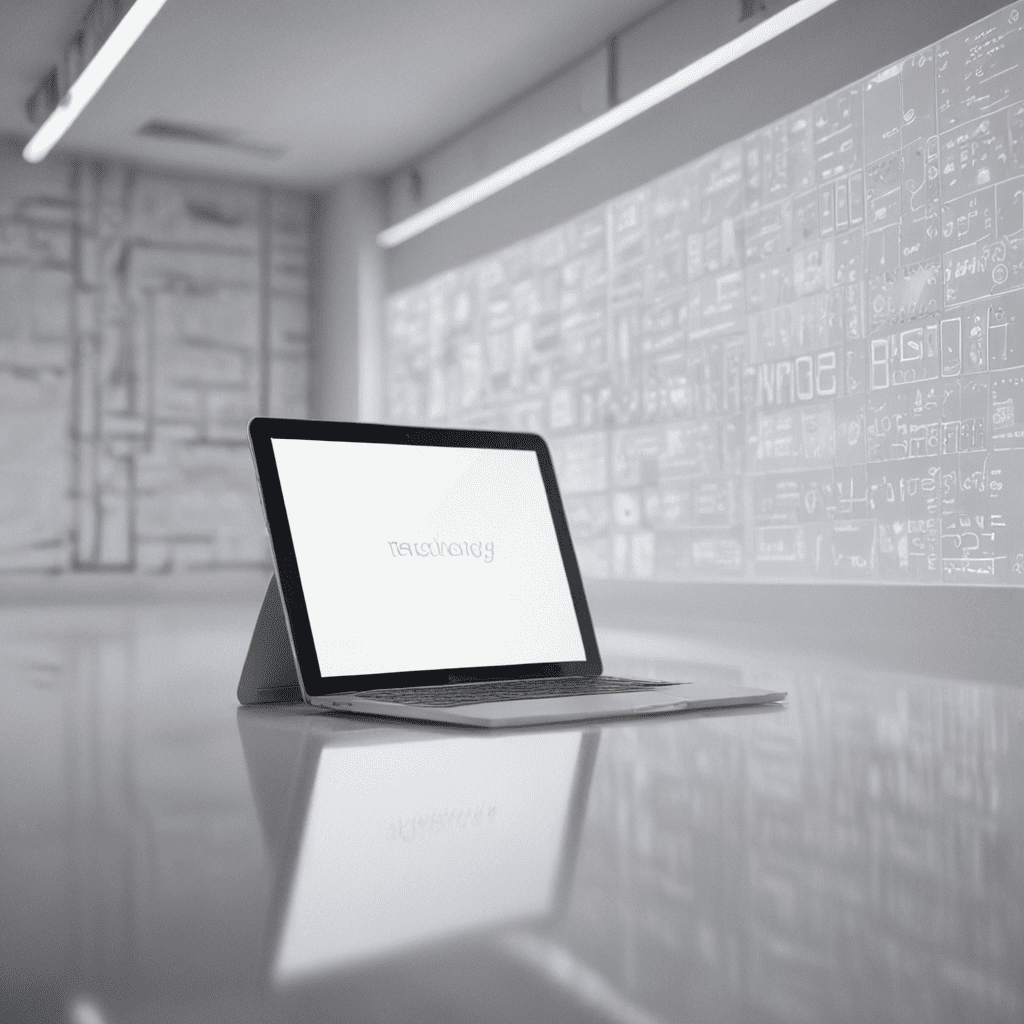
Introduction
White space, often overlooked in web design, plays a crucial role in enhancing user experience (UX). It refers to the areas of negative space surrounding elements in a graphical user interface, creating a sense of balance and organization.
Understanding White Space
White space is not merely empty areas; it's an integral part of design that provides visual cues to guide users through an interface. It allows elements to breathe, creating a sense of hierarchy and focus. Proper use of white space simplifies navigation, improves readability, and fosters a visually appealing experience.
Benefits of White Space in UX
Enhances Visual Hierarchy: White space creates visual cues that draw attention to important elements. By separating sections and elements, it organizes content logically, making it easier for users to identify and comprehend.
Improves Readability: Ample white space around text enhances readability. It reduces eye strain, improves comprehension, and makes text appear less intimidating. Negative space between lines and paragraphs aids in perceiving written content effectively.
Reduces Cognitive Load: White space helps reduce cognitive load by minimizing visual clutter. It provides a sense of tranquility and spaciousness, allowing users to process information more efficiently. Negative space acts as a buffer, preventing elements from overwhelming users.
- Creates a Visually Appealing Experience: White space creates a visually appealing aesthetic. It enhances the overall look and feel of an interface by adding balance and symmetry. Designers use white space strategically to create a clean, organized layout that appeals to users' sensibilities.
Types of White Space
There are two primary types of white space:
Macro White Space: This refers to the larger areas of negative space that separate different sections or elements of a layout. It provides a sense of overall balance and structure.
Micro White Space: This is the smaller, localized white space surrounding individual elements, such as text, buttons, or images. It enhances the clarity and readability of each element.
Effective Use of White Space
Effective use of white space involves balancing and distributing negative space strategically throughout the design. Key considerations include:
Balance and Symmetry: White space can create a sense of balance and symmetry, guiding the user's eye through the interface. Asymmetrical use of white space can also add visual interest.
Margins and Padding: Margins define the outer boundaries of a container, while padding adds space within the container. Appropriate use of margins and padding ensures a comfortable reading experience and prevents visual crowding.
Whitespace Around Elements: Leaving adequate white space around elements, such as images or call-to-actions, helps draw attention to them and improves their visual impact.
Whitespace in Different Design Elements
White space plays a crucial role in various design elements, including:
Typography: White space around text enhances readability and prevents a cluttered appearance. Leading (space between lines) and tracking (space between characters) improve text flow and comprehension.
Forms: Adequate white space around form fields reduces cognitive load and simplifies data entry. It provides a clear visual structure for users to follow.
Navigation: White space in navigation menus separates items, making them easier to scan and select. It creates a clear hierarchy and improves user efficiency in finding desired pages.
Impact of White Space on User Engagement
Appropriate use of white space positively impacts user engagement:
Increased Readability: Ample white space enhances readability, leading to better comprehension and longer user engagement times.
Reduced Bounce Rates: Negative space helps prevent visual clutter and reduces cognitive load, resulting in lower bounce rates.
Improved Visual Appeal: A visually appealing design with balanced white space attracts users and encourages them to explore further.
Challenges in Using White Space
While white space is essential, using it effectively can be challenging:
Understanding User Expectations: Different users have varying preferences for white space. Designers must strike a balance between providing enough space and avoiding excessive use that can make the interface appear sparse.
Cultural Differences: Cultural differences can influence the perception of white space. Some cultures may prefer more negative space, while others may perceive it as wasted space.
Mobile View Considerations: The impact of white space on mobile devices differs from that on desktop computers. Designers must optimize white space usage for optimal readability and interaction on smaller screens.
Case Studies Demonstrating the Role of White Space
Numerous case studies showcase the positive impact of white space on user experience:
Apple's website effectively uses white space to highlight key products and simplify navigation.
Airbnb's mobile app optimizes white space for readability and ease of use on smaller screens.
Spotify's desktop app leverages white space to create a visually appealing and well-organized interface.
Conclusion
White space is a powerful tool in user experience design. It enhances visual hierarchy, improves readability, reduces cognitive load, and creates a visually appealing experience. By understanding the types, effective use, and impact of white space, designers can optimize interfaces to provide a seamless and enjoyable user experience.
FAQ
1. What is the purpose of white space in UX?
Answer: White space helps organize content, improve readability, reduce cognitive load, and create a visually appealing experience.
2. What are the two main types of white space?
Answer: Macro white space separates sections and elements, while micro white space surrounds individual design elements.
3. How can white space be effectively used in design?
Answer: White space can be used to balance elements, enhance readability, and draw attention to important content.
4. What are the benefits of using white space in UX?
Answer: White space improves readability, reduces bounce rates, and increases user engagement.
5. What are some challenges to consider when using white space in design?
Answer: Challenges include understanding user expectations, cultural differences, and optimizing for mobile devices.
